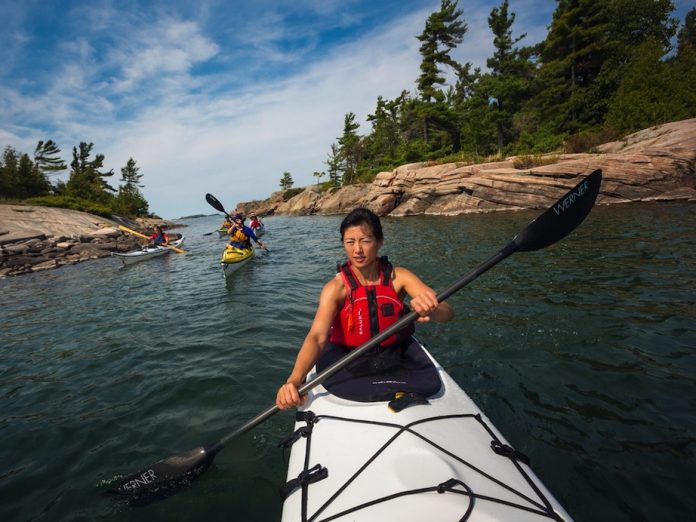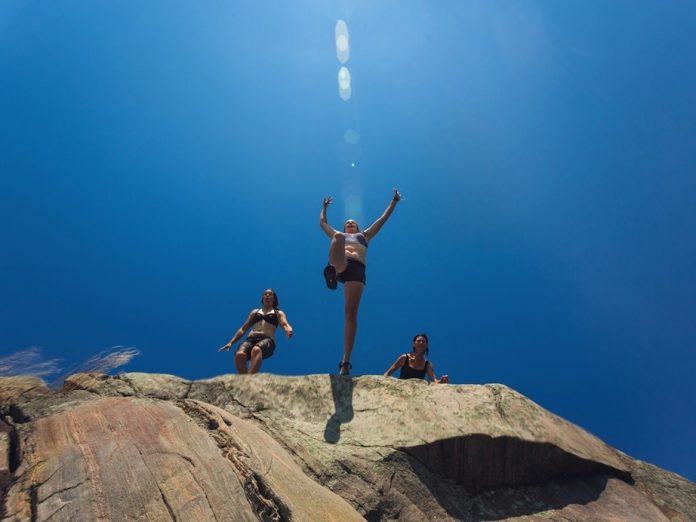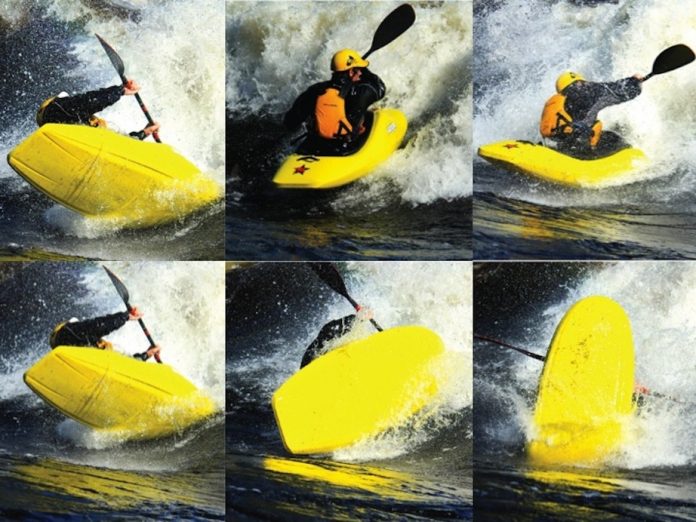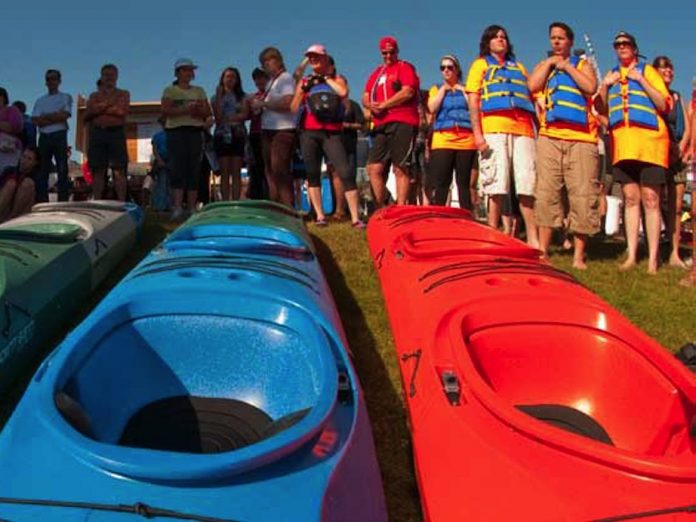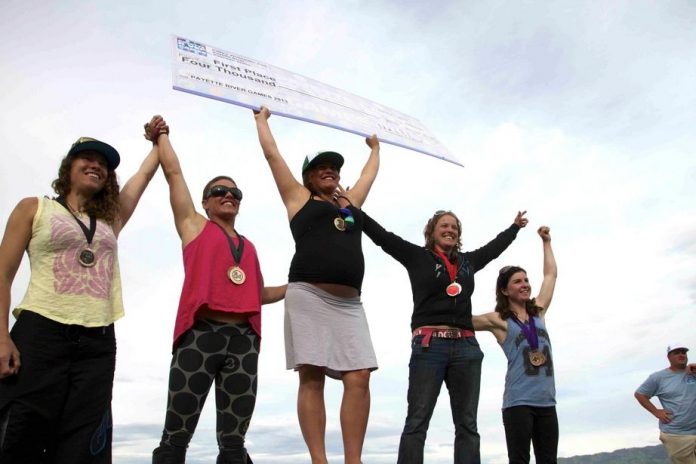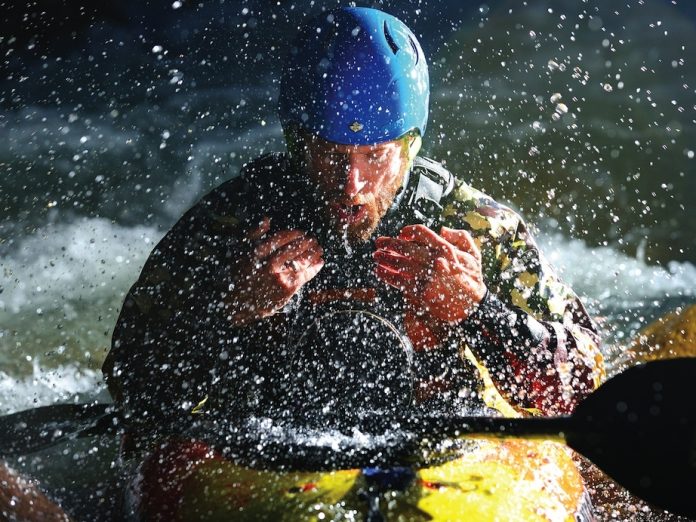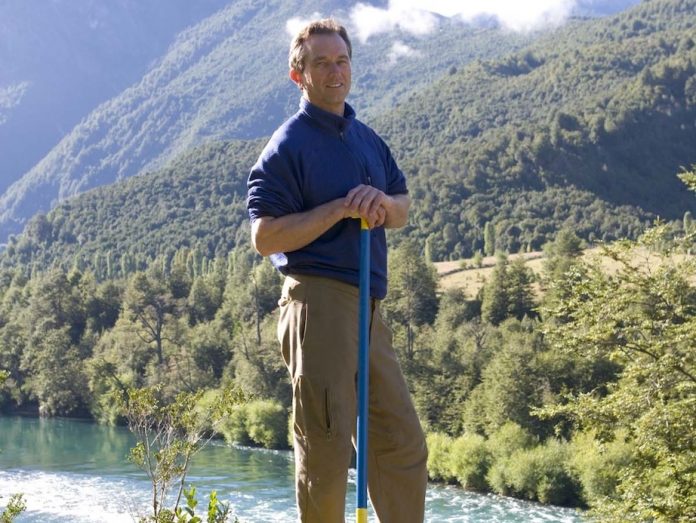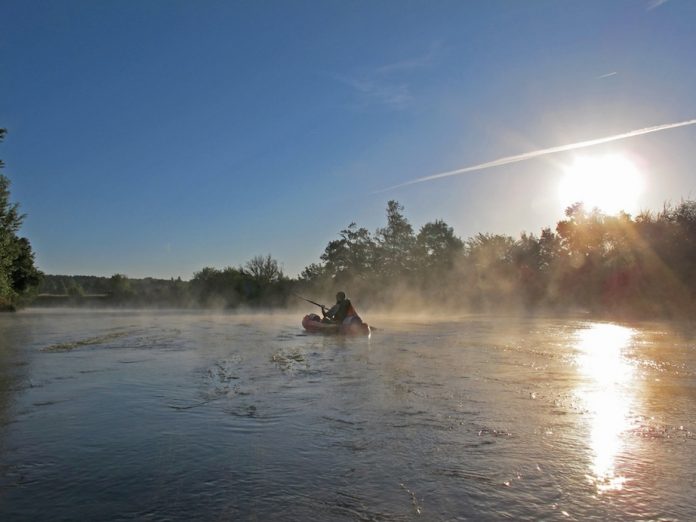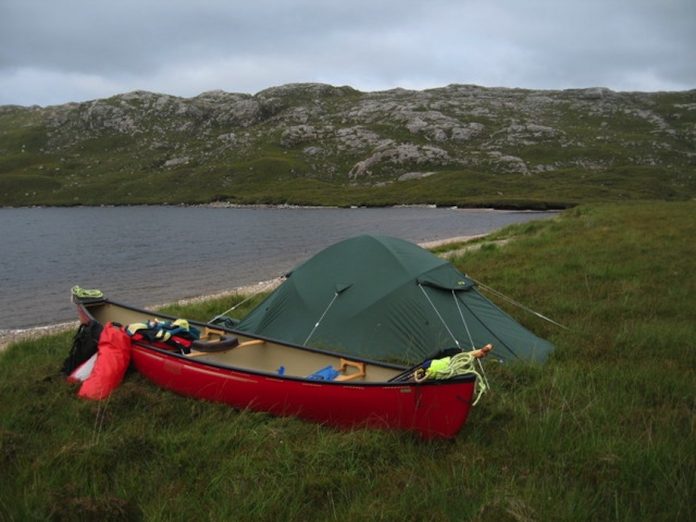“Expectation, consequence and normal seem to have been—or are being—redefined,” I wrote in a recent column (“The New Normal,” Alchemy, Rapid Summer/Fall 2011). I was attempting to articulate a change in perspective in the paddling world: New rungs have been added to the paddling ladder.
“Right on, bro,” was the tone of the feedback I heard, typically through aspiring paddlers’ helmet cam footage. If I came off as self-congratulatory, it was accidental. What I left unsaid is that this is not the first time this has happened. We need to learn from the past.
PART 1: Rewind to 1975. Kayaking was climbing out of infancy and the fiberglass, club-based, slalom scene was booming. And then, in the midst of a New England class II slalom event, a dumped paddler attempted to stand up in the current. The paddler drowned in front of hundreds of bewildered spectators. It is recognized as the first foot entrapment in our sport and more followed within months. But it took the drowning of expert paddler Bob Taylor in 1978 (rock sieve, Gauley) and the famous Walt Blackadar in 1979 (strainer, S. Fork Payette) to really shake up the then small paddling community. Even good paddlers, it turns out, can be killed.
PART 2: 1997. Kayaking was hardly recognizable compared to its ‘70s roots. Flat hulls were the new big thing, cartwheels ruled, the Perception 3D and Wave Sport Godzilla were radical. Paddling was expanding outwards in all directions. There was a sense of euphoria and invincibility. And then, within weeks of each other, Chuck Kern and Rich Weiss were killed running class V+ drops. They were giants of the sport. The wind was knocked out the sails of paddling’s top end, and that year’s World Rodeo Championships on the Ottawa River was a subdued affair. For the first time—but not the last—it included a memorial service.
PART 3: 2011. Young ripper Steve Forster and elder statesman (and Liquidlogic Kayaks investor) Boyce Greer both drown after taking beatings in serious holes. No collective gasp. An abnormally long list of whitewater fatalities piles up over the summer. Dozens and dozens of close calls involve people paddling way over their heads. No reaction. I count nine spinal injuries or large bone fractures. Nothing.
Is this collective non-reaction because we don’t know how to respond, some kind of groupthink, or have we sadly become immune to the risk in our sport? Is this part of the new normal?
You see, the 1970s entrapments spawned the river rescue movement, which created throw bags and a philosophy of group safety. In 1997, a philosophical discussion ensued among the entire paddling community. Up to that point, “real” paddlers believed they needed to use their playboats to run everything. The discussion re-focused creek boating as a separate discipline.
So how should we react this time?
Normal is redefined on a cyclical basis and each time there is a rebound effect. When rungs are added to the ladder, everyone feels obligated to move up a couple of steps. By following their role models, paddlers are pulled into more risk simply because it seems like the thing to do. Eventually, people realize they have strayed beyond their limits and give up trying to follow the leaders on the bleeding edge of the sport. This is a positive thing.
Maybe I was wrong. Perhaps the tragic events of 2011 will make 2012 the year we realize the top end of our sport has become something else, and that this is not normal.
Perhaps new rungs have not been added. Perhaps there is a new ladder all together. I’m going to break the news to you: helmet cams do not prepare you to climb it, they only capture your poor judgment in high definition.
Jeff Jackson is a professor of Outdoor Adventure at Algonquin College in Pembroke, Ontario, and is the co-author of Managing Risk: Systems Planning for Outdoor Adventure Programs, published by Direct Bearing Inc.
This article originally appeared in Rapid, Spring 2012. Download our free iPad/iPhone/iPod Touch App or Android App or read it here.



